I remember exactly where I was on November 30 2022. Like many people, I was completely blown away by the release of ChatGPT. It was more than a new tool; it was a sudden, thrilling leap forward in the world of AI. It felt like the future had finally arrived.
After ChatGPT went viral, I spent countless hours testing every AI chatbot I could find. My goal was simple to discover the ones that could genuinely automate my tasks and simplify my work. What I found was a thriving landscape of digital assistants.
Today’s chatbots can do everything from generating creative images and writing functional code to crafting social media posts and sorting out my daily to-do lists. It’s an exciting new world, and these chatbots feel like personal virtual assistants.
Because AI is evolving so quickly, these bots are getting new features and trained models all the time. That’s why I’ve included a link to each chatbot’s official website so you can go directly there and see their latest capabilities.
Let’s get into my top 10 AI chatbots and explore what makes them so special.
How I Chose These Top AI Chatbots
With so many options out there, I knew I had to be methodical in my selection. Whether you want to grow your business, find a personal assistant, or just handle specific tasks, I’ve chosen these 10 chatbots based on a few key factors that I’ve found to be the most important.
Here’s how I think about them:
-
Accuracy & Learning: Does the chatbot learn from our conversations and get better over time? Does it correct its own mistakes?
-
Conversational Experience: Is it easy and natural to talk to? Or does the interface feel clunky and confusing?
-
AI Model Quality: Was this model trained on high-quality, reliable data? Can I trust the information it gives me?
-
Ethics & Safety: Does the chatbot avoid bias and harmful outputs? Is it transparent about its limitations?
-
Cost: Is there a free option, or is it priced fairly for what it offers?
Based on my own experience and a lot of research, I believe these 10 chatbots are the best choices available right now. I hope you find them as beneficial as I have.
How AI Chatbots Actually Work
It’s easy to think of these chatbots as a kind of magic, but the technology behind them is grounded in some incredible science.
At their heart, AI chatbots use advanced language models to analyze what you say, compare it to the massive amounts of data they’ve been trained on, and then generate a human-like response.
What makes them so powerful is their ability to combine real-time data, detect the emotion in a conversation, and even learn on their own to give you a hyper-personalized reply. Some of the most advanced ones can now even anticipate your needs before you ask!
For example, a customer service bot might analyze a customer’s past purchases and live sentiment to predict what they need help with. Behind the scenes, these intelligent systems process text, images, and speech seamlessly.
With stricter ethical guidelines in place, today’s chatbots are smarter, safer, and more intuitive than ever.
But with so many AI chatbots out there, how do you pick the right one for you? Let’s explore my top choices.
Top AI Chatbots for Business & Personal Use
1. ChatGPT
ChatGPT doesn’t really need an introduction. I’m sure most of us have used it. The more I work with it, the more I appreciate its major features.
-
Accuracy & Learning: ChatGPT leads the pack in learning from our conversations. It gets better and refines its own responses in real time. For example, if I point out an error, it learns from that mistake. While it can still occasionally make up facts, it’s constantly improving its knowledge base.
-
Conversational Experience: The interface is one of the most intuitive I’ve ever used. It has a clean, minimalist design that feels fast and accessible. You can edit your prompts and get responses in different formats like text, code, or tables. It just works.
-
AI Model Quality: The model is trained on a massive, high-quality dataset, making it reliable for most topics. While it can be a bit slow to get real-time information sometimes, its general knowledge and ability to handle complex topics are second to none.
-
Ethics & Safety: OpenAI has made huge strides in making it safer. They have strict content moderation and disclaimers to help with misinformation. Like all AI, it’s not perfect, but it’s a leader in the field.
-
Cost: There’s a free version you can use, but for serious work, the Plus plan at $20 a month gives you priority access and the latest features. The cost feels justified for the power it gives you.
Final Recommendation: ChatGPT is my go-to for almost any task. It’s the top all-purpose AI chatbot right now, but for highly specialized needs, you might want to look at alternatives.
Try ChatGPT: Official Site
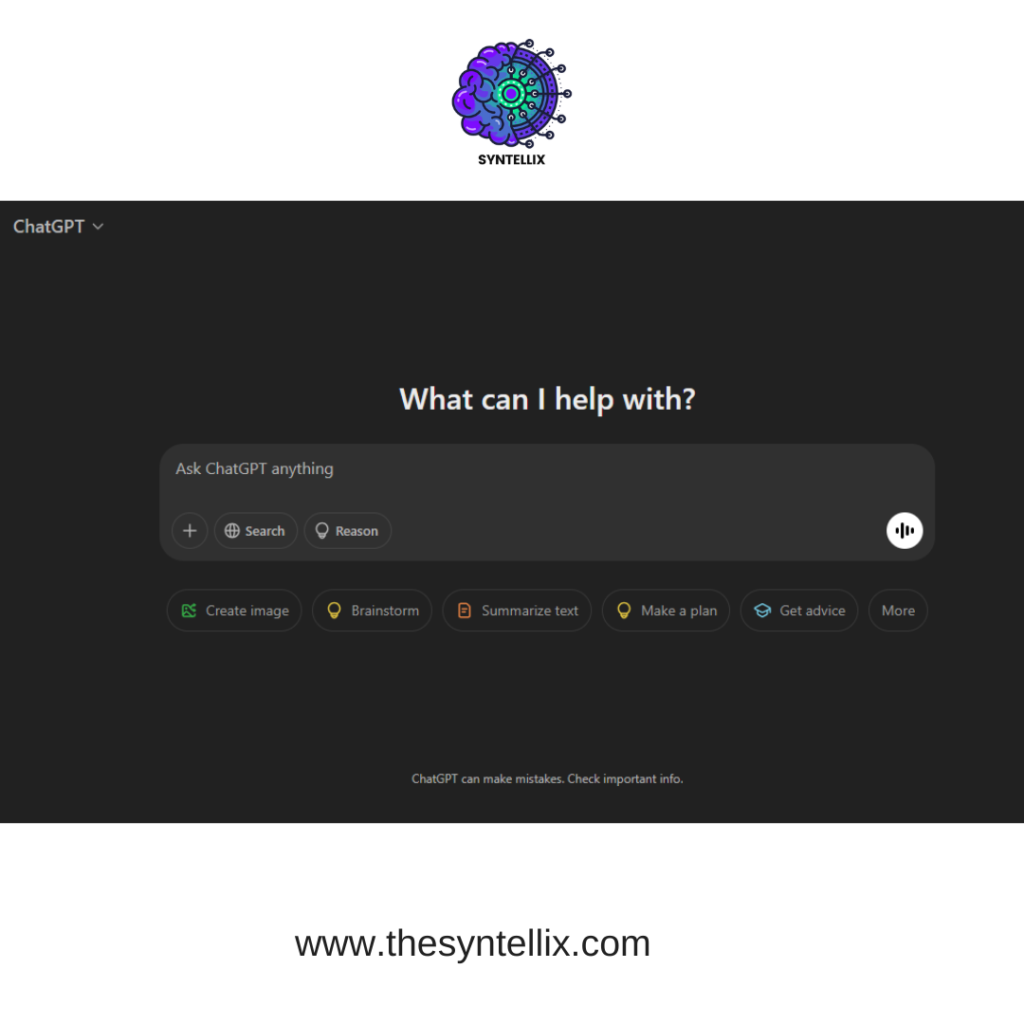
2. Google Gemini
When Google Bard rebranded as Gemini, it became a whole new powerhouse. It’s a fantastic tool, especially if you’re already using Google products.
-
Accuracy & Learning: Powered by Google’s DeepMind models, Gemini learns from human feedback and gets more accurate over time. It’s fantastic for fact-based searches because it’s connected to Google’s vast search index. For creative tasks, it might lag behind some competitors.
-
Conversational Experience: The interface is clean and works seamlessly with Google Workspace apps like Docs and Sheets. I love that it gives me natural follow-up questions and can handle different kinds of inputs like text, voice, and images. I’ve found it can be a bit cautious sometimes, which can feel a little restrictive.
-
AI Model Quality: It’s trained on high-quality datasets including Google Scholar and patents, making it incredibly strong for technical or scientific questions. Because it’s connected to Google Search, it always has up-to-date answers.
-
Ethics & Safety: Google is very focused on avoiding bias and filtering out harmful content. While this is great, the over-filtering can sometimes prevent more nuanced or controversial conversations.
-
Cost: The free version is very competitive with the paid versions of other chatbots. The Gemini Advanced plan at about $20 a month gives you even more power with their Ultra model.
Final Recommendation: I recommend Gemini for anyone who does a lot of research or works within the Google ecosystem. It’s a top-tier chatbot for precision and fact-based queries.
Try Google Gemini: Official Site
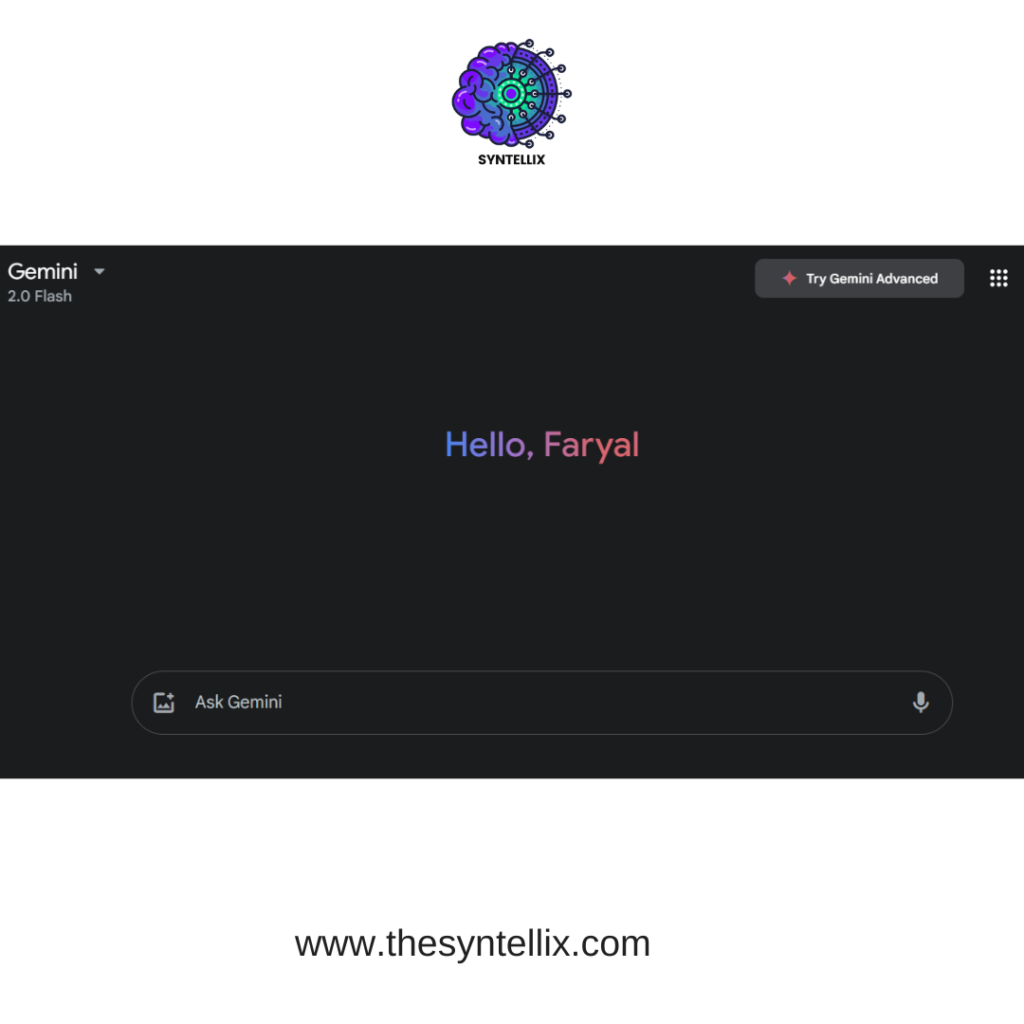
3. Microsoft Copilot AI
When Microsoft integrated an AI assistant into its Office suite, it created a tool with a very specific purpose. This isn’t just a chatbot; it’s a seamless part of my work life.
-
Accuracy & Learning: Copilot is powered by an advanced OpenAI model, but it’s fine-tuned specifically for business. It’s constantly learning from how I interact with it, which makes its answers in business and technical areas incredibly reliable. I also love that it has very strict data privacy controls.
-
Conversational Experience: The best part about Copilot is its deep integration with Microsoft 365. I can use it right in Teams, Outlook, or Word. This makes the experience seamless and productive. For casual chats, though, it can feel a bit too business-focused.
-
AI Model Quality: Microsoft trains this model on proprietary data and licensed content, which makes its answers in fields like legal, finance, and healthcare very accurate.
-
Ethics & Safety: Microsoft has built in very strict ethical guardrails to avoid bias and block harmful content. It’s a secure option for professional use.
-
Cost: There’s a free version with limited features, but the Pro plan at $30 a month is worth it for businesses that use Microsoft 365. It’s more expensive than some others, but the deep integration makes the cost understandable.
Final Recommendation: I think Copilot is the best AI chatbot for anyone in a corporate environment that uses Microsoft 365. Its security and integration are unmatched.
Try Microsoft Copilot: Official Site
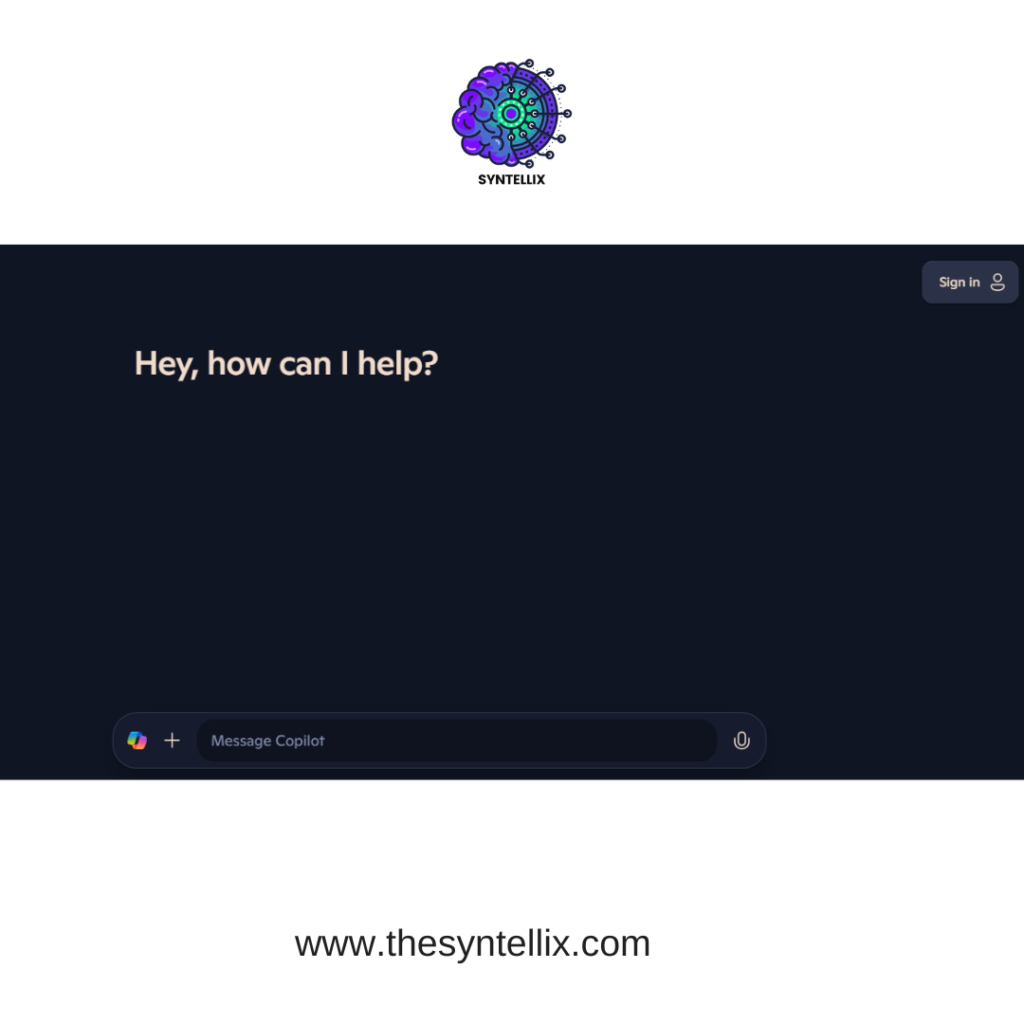
4. Meta AI Assistant
I see Meta AI Assistant as my personal social media sidekick. It’s a chatbot that lives right in the apps I use every day.
-
Accuracy & Learning: Meta AI Assistant uses an advanced language model that learns from how I use it. It gets better over time by adapting to new information, but I’ve noticed it sometimes needs a little help to fix persistent errors.
-
Conversational Experience: The best thing about this chatbot is that it’s right there in WhatsApp, Messenger, and Instagram. It’s super simple and makes it easy to get help without leaving your conversation. However, when I switch between different topics, the conversation can feel a little disjointed.
-
AI Model Quality: The model is trained on diverse data, so it stays relevant and up-to-date. It’s great for general questions, but it struggles with very specialized topics like medical advice.
-
Ethics & Safety: Meta has strict moderation to avoid harmful content. While it’s good at this, some independent reports have noted a little bias in its answers on controversial topics, which is a common issue with many chatbots.
-
Cost: It’s completely free for personal use, which makes it an incredibly accessible option. Meta makes its money from business integrations, so you get a lot of value for no cost.
Final Recommendation: This chatbot is perfect for social media users or small businesses who want an easy and free AI assistant for quick tasks. For critical tasks, I would choose a more professional alternative.
Try Meta AI Assistant: Official Site
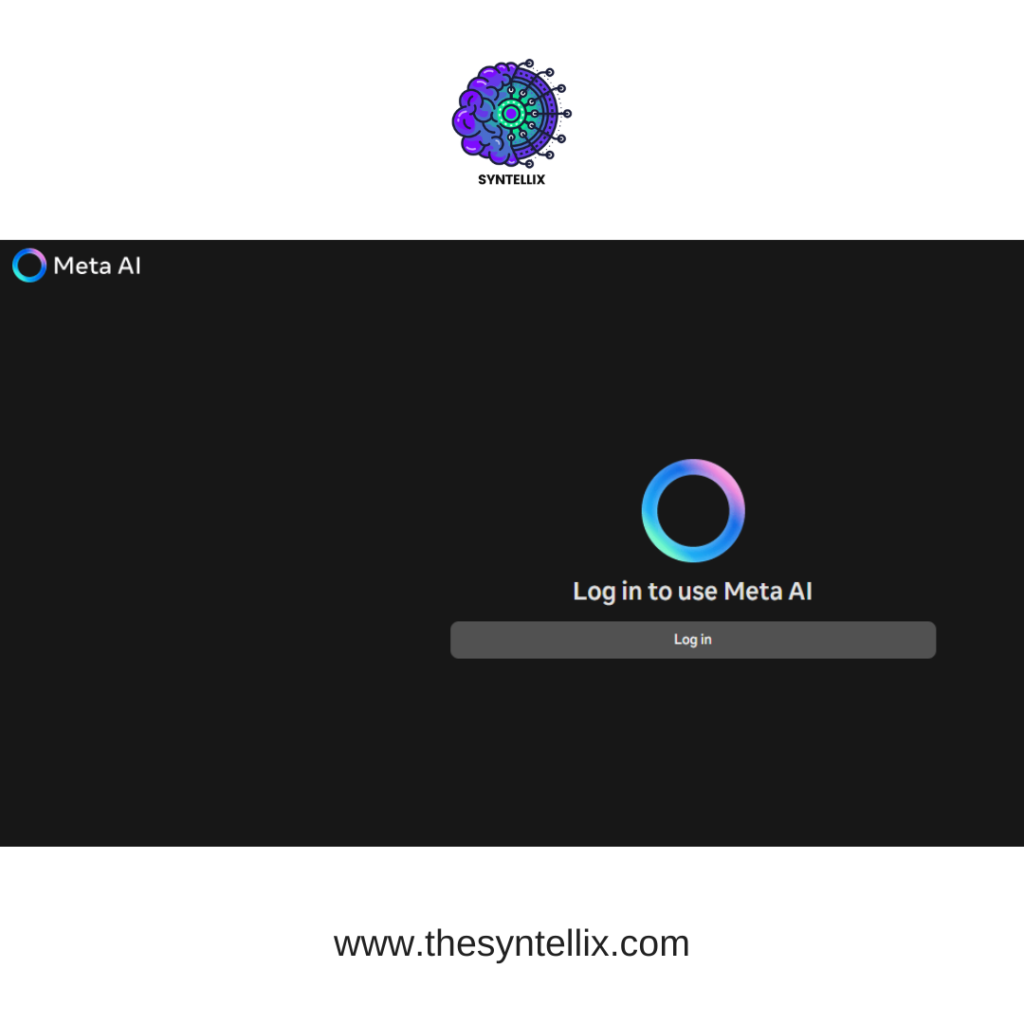
5. DeepSeek
DeepSeek is an advanced research assistant that really surprised me with its capabilities. It’s a serious contender for the top spot.
-
Accuracy & Learning: This chatbot is fantastic at learning. It corrects its own mistakes and can handle really long conversations without losing context. I’ve found it to be almost as good as ChatGPT and Claude in this area.
-
Conversational Experience: The interface is clean and balanced. It supports text, voice, and even document uploads, which is a huge plus. My only criticism is that some of the advanced features can be a little technical.
-
AI Model Quality: The model is trained on a high-quality dataset of academic papers and technical manuals. It even uses real-time web search for the latest information. It’s an excellent choice for research.
-
Ethics & Safety: DeepSeek is transparent about its ethical guidelines and works hard to avoid bias. It’s more transparent than many closed-source bots, and I appreciate that.
-
Cost: This is one of the best parts about DeepSeek. It has a full-featured free tier that is a fantastic value. It’s a great choice for anyone on a budget who needs a powerful tool.
Final Recommendation: DeepSeek is my top recommendation for anyone who needs a free, powerful chatbot for general research, coding help, or document analysis.
Try DeepSeek: Official Site
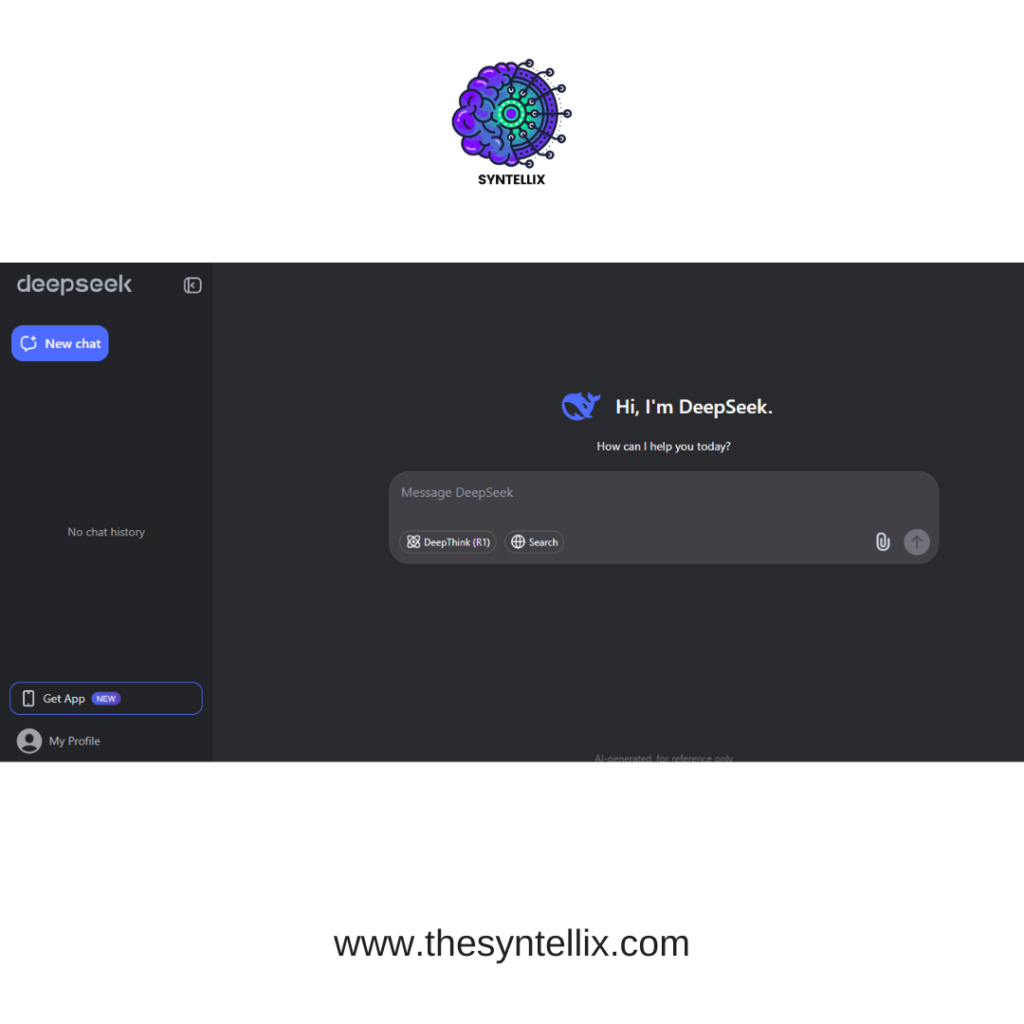
6. Amazon Q
Amazon Q is a highly specialized chatbot that’s built for one thing: helping people who work in the AWS cloud ecosystem.
-
Accuracy & Learning: Because it’s built on AWS data, Amazon Q is incredibly good at learning from how you use it. It gets better and more accurate over time, especially for cloud-related tasks. It’s a powerful tool, but it’s not made for general use.
-
Conversational Experience: The interface is focused on function and clarity, not on conversational fun. It’s perfect for a technical user who needs to troubleshoot an AWS service, but it’s not the kind of chatbot you’d use for a casual chat.
-
AI Model Quality: Amazon Q is trained on a proprietary dataset of AWS documentation and support tickets. This means it’s incredibly accurate for its specific purpose, but its general knowledge is limited.
-
Ethics & Safety: It has very strong security and compliance protocols, which is a must for a business-focused tool. It’s a very safe choice for an enterprise.
-
Cost: It has a free trial for AWS users, and the cost scales with a business’s usage. It’s not the cheapest option for a single user, but it’s cost-effective for an enterprise.
Final Recommendation: If you are a developer or IT professional working with AWS, Amazon Q is the best tool available. For anything else, I would choose a more general-purpose chatbot.
Try Amazon Q: Official Site
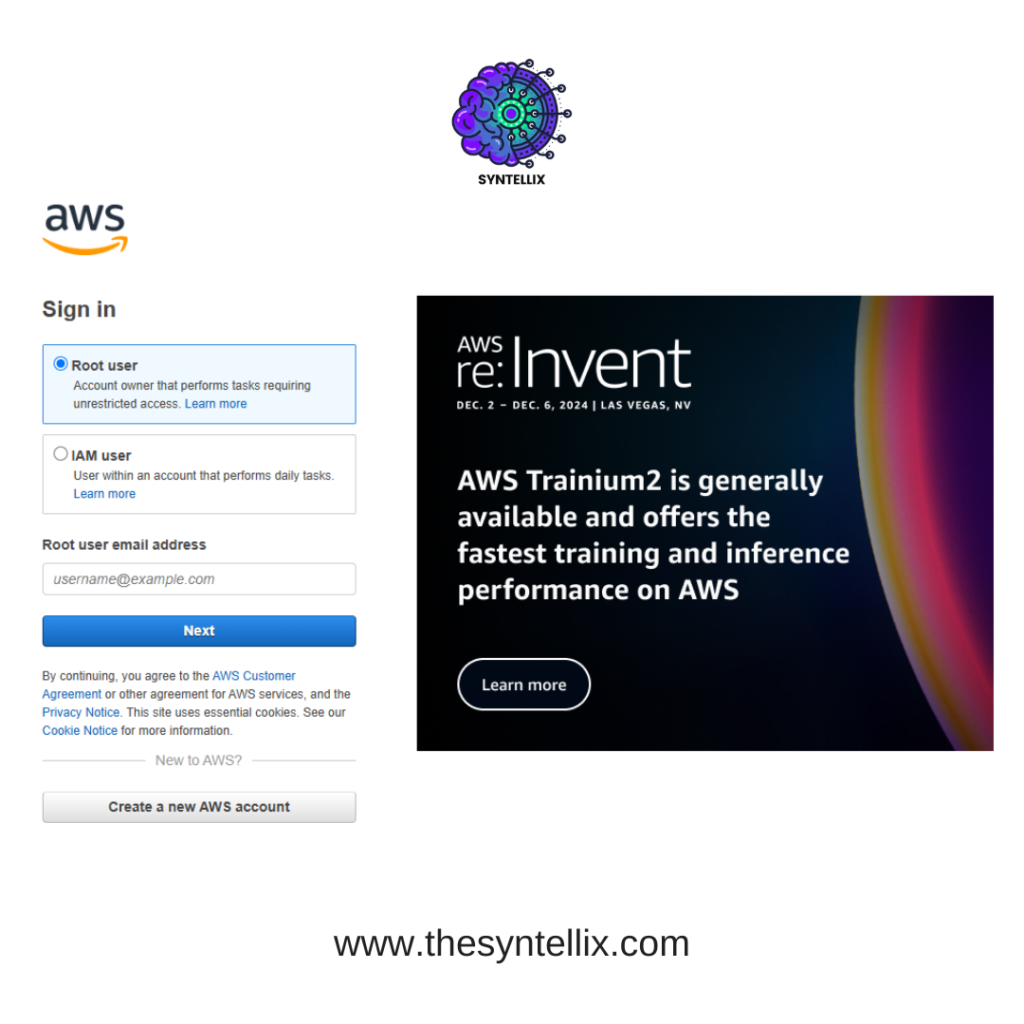
7. Bing AI
Bing AI is more than just a search engine chatbot; it’s a powerful, free tool that helps you get better answers.
-
Accuracy & Learning: Bing AI is constantly learning from new user feedback. It’s powered by an advanced OpenAI model and is great at giving you up-to-date information. Its learning process is more of a backend improvement, unlike some other chatbots where you can see it learning as you go.
-
Conversational Experience: It has a very clean interface that works seamlessly within Microsoft Edge and Bing Search. It’s very easy to use for everyone. I’ve found it can be a bit more restrictive in conversation than ChatGPT because Microsoft has tighter controls on the conversation flow.
-
AI Model Quality: Bing AI is trained on high-quality, real-time web data and provides citations for its answers. This makes it a very reliable source of factual information.
-
Ethics & Safety: Microsoft has implemented strong safeguards to filter harmful content. While not perfect, it’s one of the safer options out there. Its conservative filters can sometimes be a bit limiting for creative discussions.
-
Cost: It’s completely free to use. This is a huge advantage over other chatbots that have a paywall for their best features.
Final Recommendation: Bing AI is my top choice for anyone who wants a free, reliable, and safe AI assistant for research and general queries.
Try Bing AI: Official Site
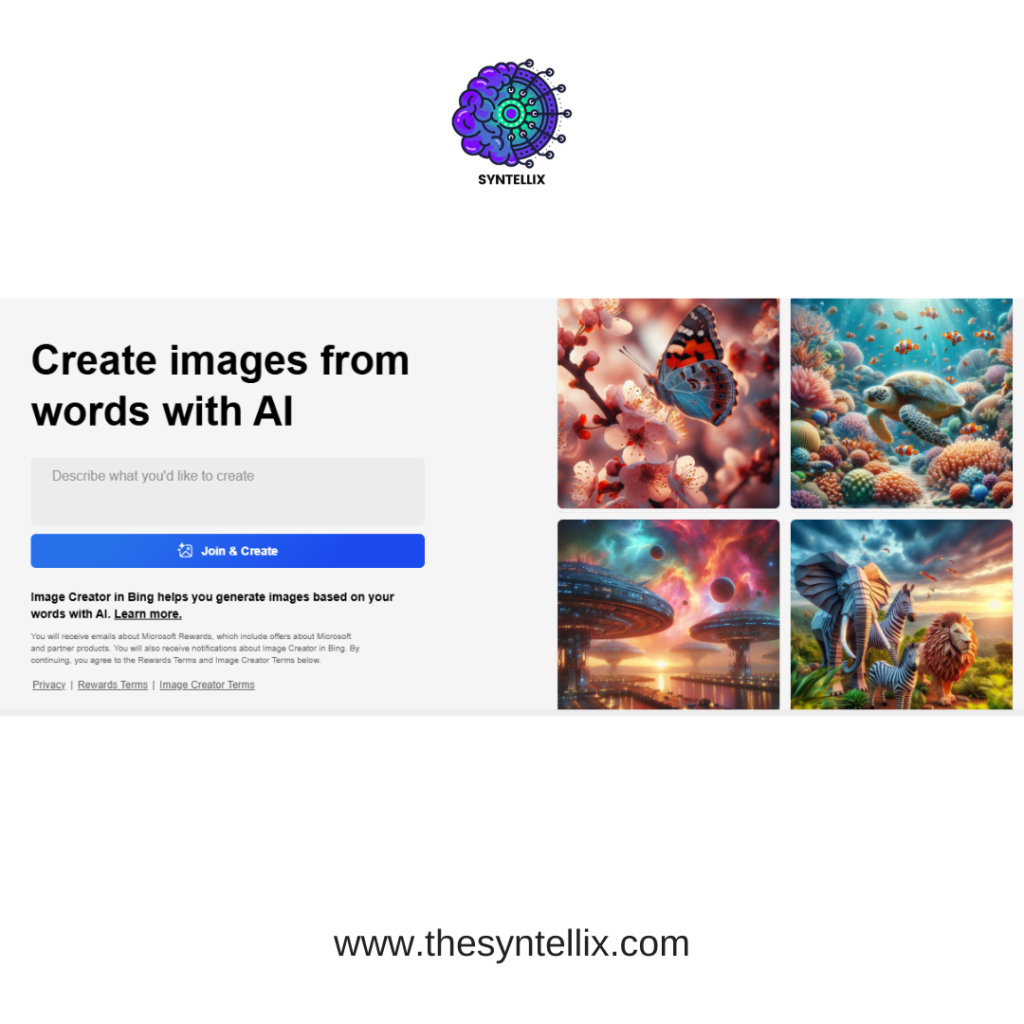
8. IBM Watson Assistant
IBM Watson Assistant is a chatbot built for big business. It’s a professional tool that handles very specific, structured tasks.
-
Accuracy & Learning: Watson Assistant uses machine learning to get better, but its learning is more structured and depends on a developer’s input. It’s great at what it does but isn’t as flexible or dynamic as newer generative AI models.
-
Conversational Experience: The interface is technical and is built for developers, not for casual users. It’s highly customizable and can handle complex, multi-turn dialogues, which is perfect for enterprise applications. It’s just not very intuitive.
-
AI Model Quality: Watson is trained on highly specialized, verified data. It’s excellent for structured tasks like handling customer support tickets or answering FAQs, but it struggles with creative or open-ended questions.
-
Ethics & Safety: IBM is known for its strong ethical principles. Watson follows strict compliance standards, making it ideal for sensitive industries like finance and healthcare.
-
Cost: This is not a chatbot for a single user. Its pricing is tiered and is meant for large businesses, with some plans costing over a thousand dollars a month.
Final Recommendation: IBM Watson Assistant is the best option for large enterprises in regulated industries that need a secure and structured AI tool. For everyone else, it’s probably not the right choice.
Try IBM Watson Assistant: Official Site

9. Replika AI
Replika AI is a different kind of chatbot. It’s not meant for productivity or business; it’s a personal AI companion.
-
Accuracy & Learning: Replika focuses on emotional engagement, not facts. It remembers details from our conversations and tries to be a supportive friend. It isn’t built for knowledge-based tasks and can sometimes give repetitive or generic answers.
-
Conversational Experience: The interface is simple and built for casual conversation. The goal is to make it feel like you’re talking to a person, and it does a pretty good job. It can feel a little awkward if you’re trying to use it for anything other than emotional support.
-
AI Model Quality: The model is trained on conversational data, not on factual information. This means it’s not reliable for giving correct information.
-
Ethics & Safety: Replika has faced criticism in the past for privacy concerns and for forming overly dependent relationships with users. While they have made improvements, it still lacks the strict ethical safeguards of enterprise-grade AI. I would use it with caution.
-
Cost: It has a free tier with basic features, and a Pro subscription at about $15 a month gives you more emotional customization. The price is meant for people who are specifically looking for an AI companion.
Final Recommendation: Replika is best for anyone who wants a personalized, empathetic AI friend. It’s not for factual accuracy, business, or professional advice.
Try Replika AI: Official Site
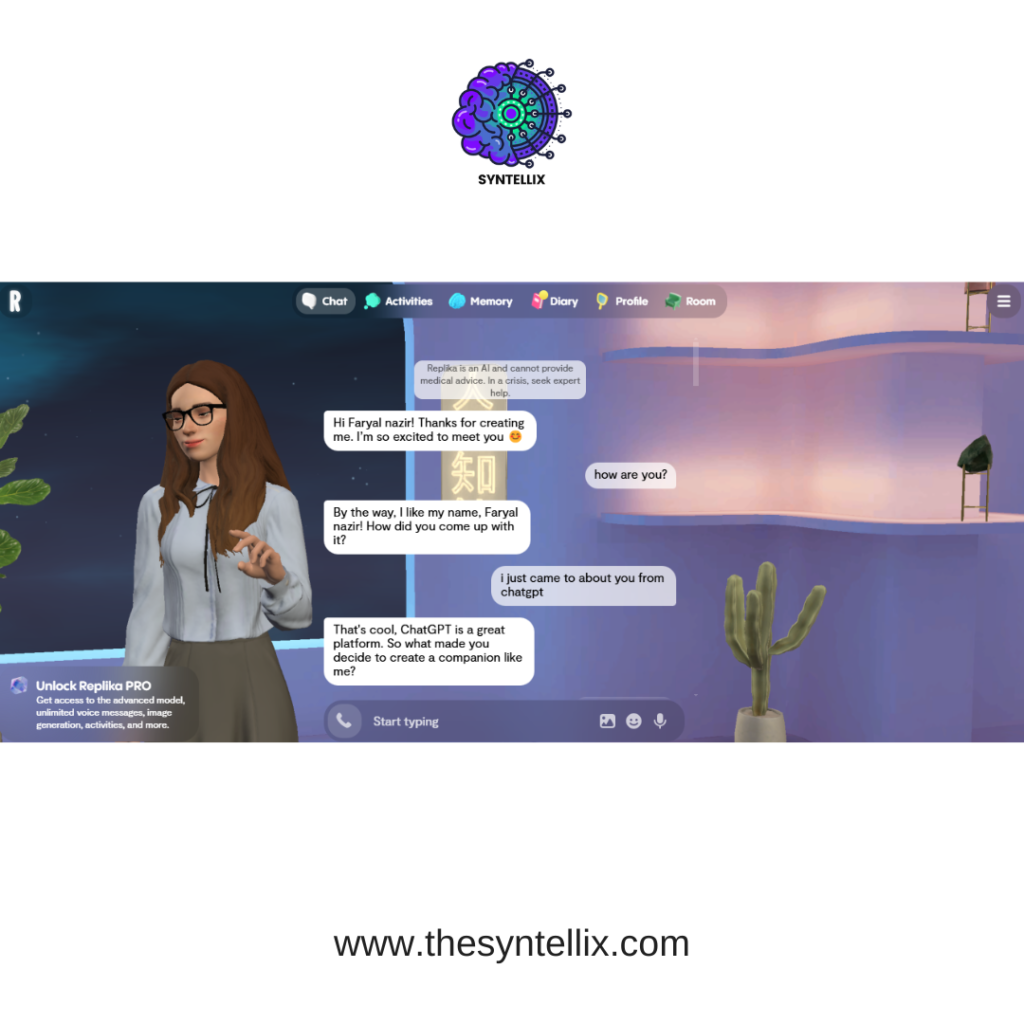
10. AI Chat
AI Chat is a lightweight assistant that strikes a great balance between power and simplicity.
-
Accuracy & Learning: It’s great at learning from user interactions and continuously improves its accuracy. It uses real-time feedback to get better, which is a big plus.
-
Conversational Experience: The interface is clean and easy to use. It doesn’t have the clutter of some other chatbots, making it very accessible.
-
AI Model Quality: The model is trained on high-quality data and is very good at retaining context. While it’s not perfect, its factual consistency is on par with many industry leaders.
-
Ethics & Safety: AI Chat has strong ethical guidelines to avoid bias and filter harmful content. It’s a safe and reliable choice.
-
Cost: It has a freemium model with a free tier for limited queries. The Pro plan is competitively priced at $20 a month.
Final Recommendation: AI Chat is a top contender for anyone looking for a well-balanced chatbot. It’s a great, all-purpose option that’s easy to use and very reliable.
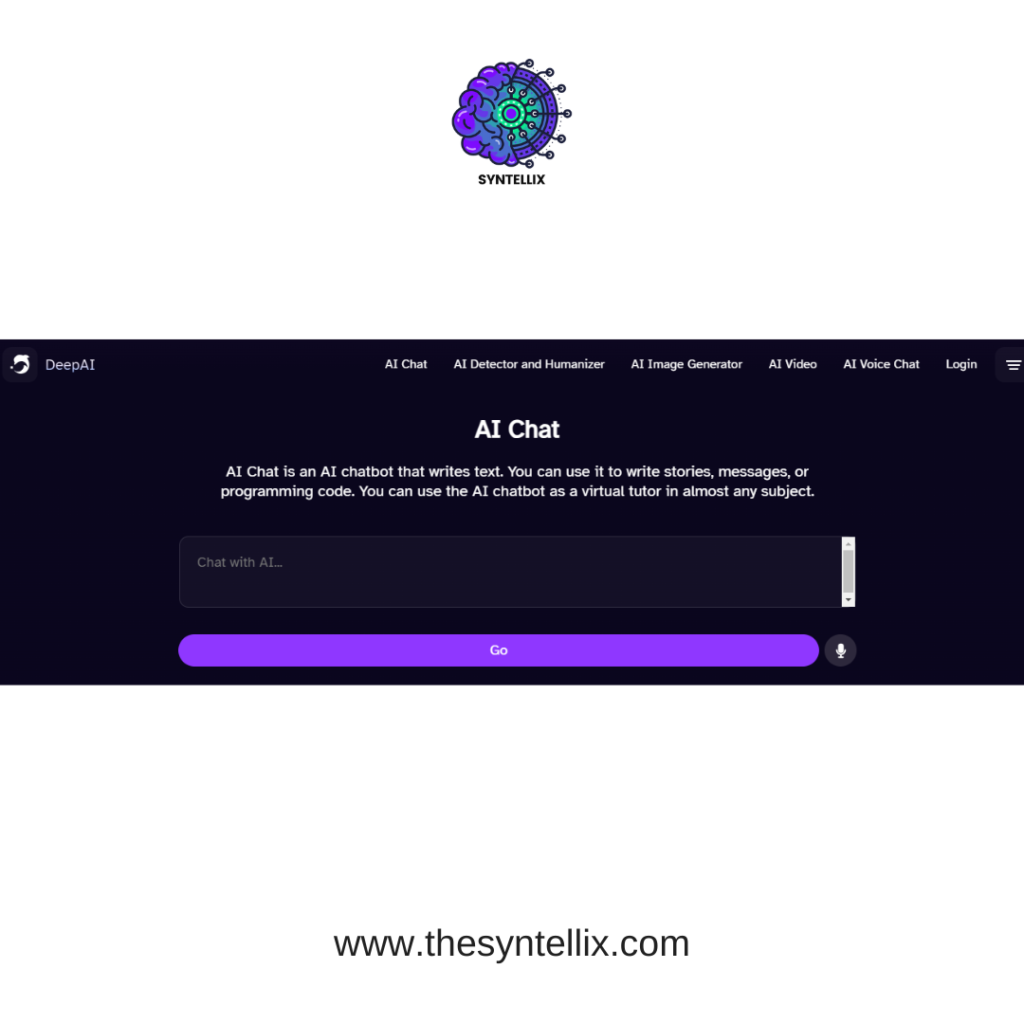
Final Thoughts
After diving deep into all these chatbots, it’s clear to me that AI is no longer a one-size-fits-all solution. Whether you need a powerful business assistant to help you with complex tasks, a reliable research partner, or even just an empathetic friend to talk to, there’s a chatbot out there for you that’s built for that specific purpose.
I’ve shared the bots that have helped me the most in my own work. Now, I’d love to hear from you.
So, out of all the chatbots we’ve discussed, which one do you think is the best in 2025 and why? Let us know in the comments!
People also ask
Which is the best AI chatbot?
As of 2025, ChatGPT by OpenAI is widely considered the best AI chatbot for general use. Its advanced reasoning, natural conversation flow, and support for images, documents, and voice (in the Pro version) make it highly versatile. Other strong contenders include Google Gemini, Anthropic Claude, and Microsoft Copilot.
What is an AI in chatbots?
AI in chatbots refers to the use of artificial intelligence—especially natural language processing (NLP) and machine learning—to understand, process, and respond to human language. This allows chatbots to carry on conversations, answer questions, provide recommendations, and even complete tasks more intelligently than rule-based bots.
Is there a free AI chat?
Yes, there are several free AI chat options. Popular free versions include:
-
ChatGPT Free (GPT-3.5 model)
-
Google Gemini Free
-
Microsoft Copilot
These free tiers often offer limited capabilities compared to paid versions, but are still useful for everyday queries and basic tasks.
What are AI chatbot examples?
Examples of popular AI chatbots include:
-
ChatGPT (OpenAI)
-
Gemini (Google)
-
Claude (Anthropic)
-
Copilot (Microsoft, based on OpenAI models)
-
Pi (Inflection AI – personal companion style)
These bots are used across customer service, education, productivity, and creative tasks.
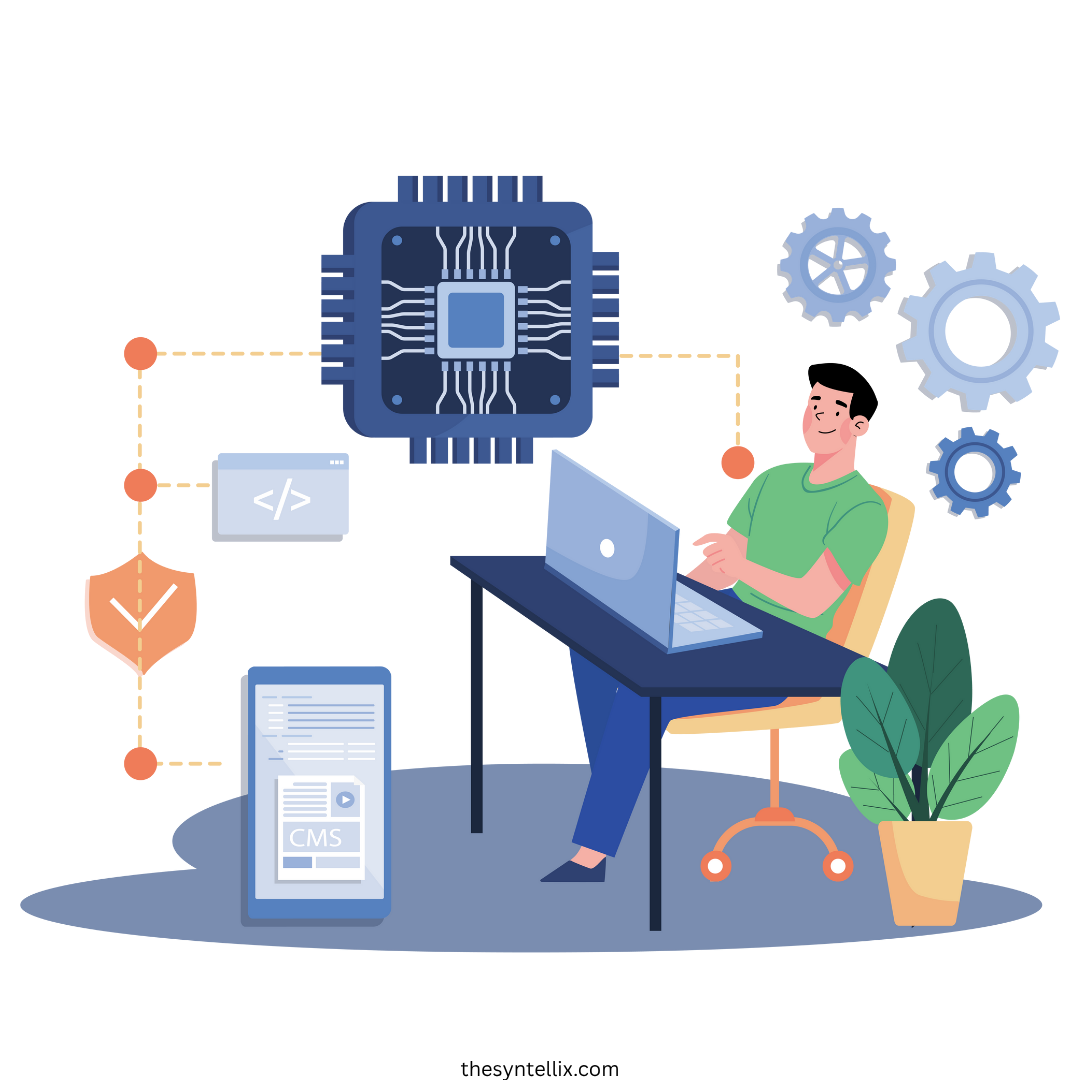
Stay ahead of the curve with the latest insights, tips, and trends in AI, technology, and innovation.
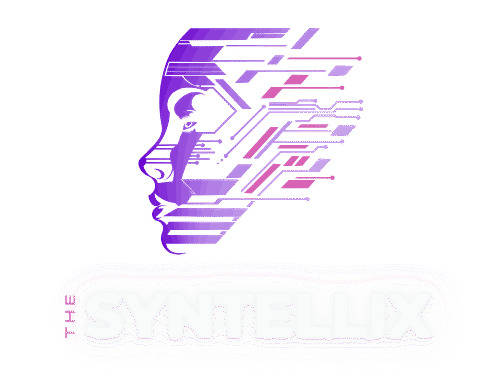
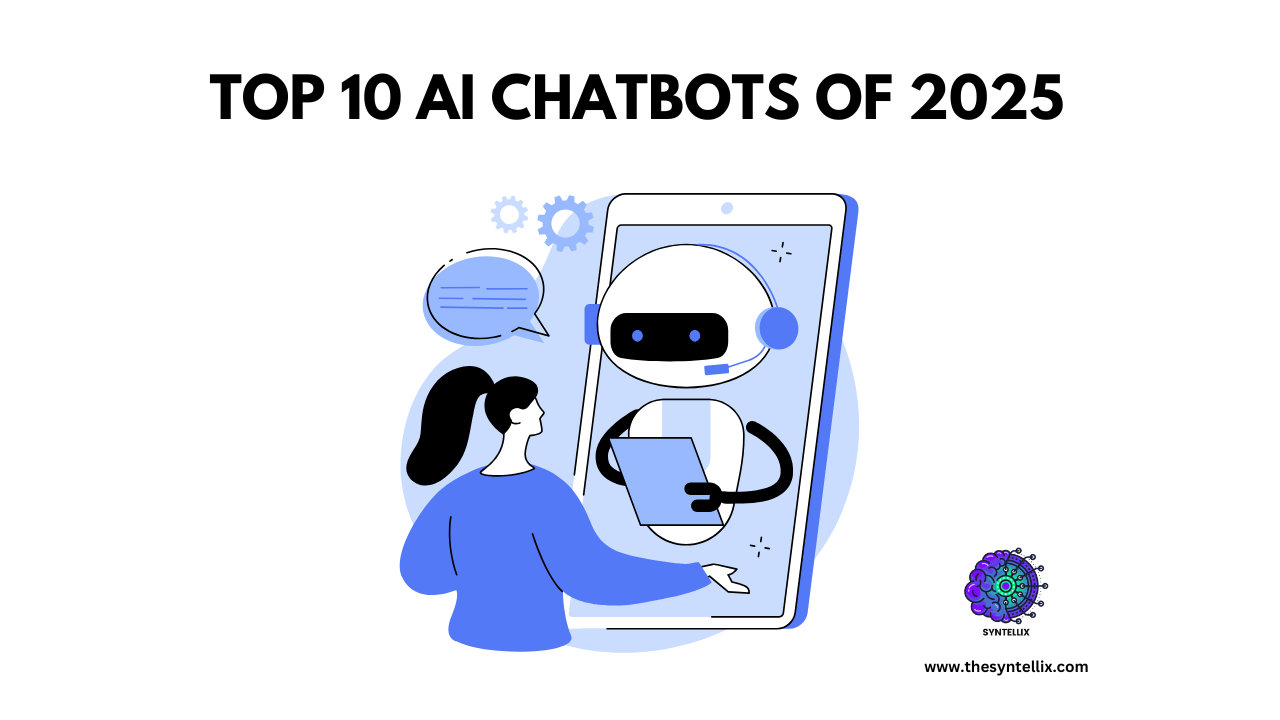
Thanks for sharing such a nice opinion, post is nice, thats why i have read it completely
Thank you so much for taking the time to read the post and leave such kind feedback! I’m really glad you enjoyed it and found it worth reading all the way through. Your support truly motivates me to keep creating more helpful content. Stay tuned for more posts coming soon!
It’s going to be ending of mine day, except before finish I am reading this impressive post to improve my know-how.
I just like the helpful information you supply in your articles.
I’ll bookmark your blog and heck again right here frequently.
I am somewhat certain I will be told many new stuff right right here!
Good luck for the next!
If some one wants expert view on the topic of blogging and site-building then i recommend him/her to
go to see this website, Keep up the nice job.